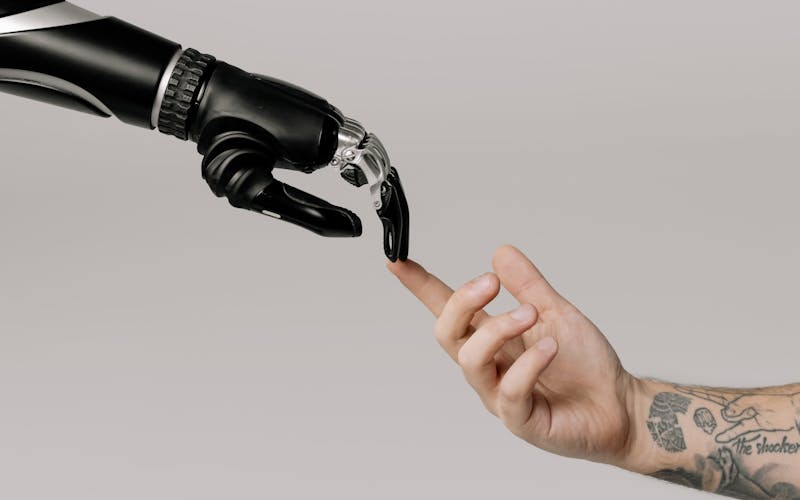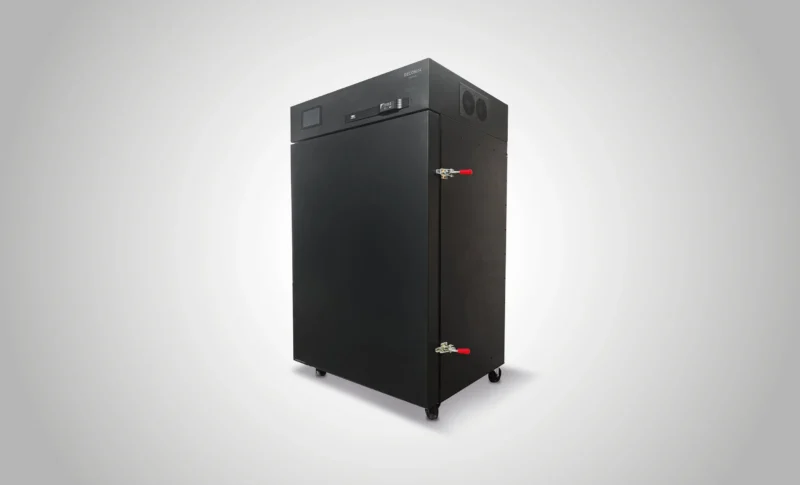Artificial intelligence (AI), though still in its infancy, is no longer a novelty. AI is everywhere these days—from streamlining your cannabis grow facility operations, to helping craft your marketing content and beyond. But as it is with any innovation, AI has its pros and cons, especially in public relations (PR).
Public relations is the ongoing practice of a brand, or outsourced provider on behalf of a brand, establishing its presence in the public eye via major media outlets. For cannabis organizations, PR is a must-have to circumnavigate cannabis advertising restrictions and to establish credibility for your brand.
You’ve likely heard the saying “all PR is good PR.” Let me be the first to tell you, this isn’t always the case. Bad PR can send your brand down on a spiral tailspin—from which you may never recover.
Likewise, bad PR habits, fueled by the ease of use of AI, can send your brand off with a one-way ticket to a bad reputation. This article will help you avoid these mistakes to ensure your PR outreach is authentic and effective.
The Problems With Using AI to Write a PR Pitch
AI is Often Inaccurate
AI has a track record of providing false information — one study found that AI is inaccurate up to 26% of the time. As a result, using AI puts the quality and credibility of your pitch at stake. Not to mention, the likelihood of your story being told in major publications is also up for debate at that point.
Imagine sending a pitch to a publication like The New York Times with false information. Not only will your pitch be tossed to the side, the reporter would likely blacklist your company. Or worse, the misinformation goes unnoticed, your story gets published in the Times and when it comes to light, your brand and the Times face serious backlash for reporting falsehoods.
Using AI to write your pitch is like playing with fire. If you’re not extremely careful, you will get burned.
Your Competitors Might Have a Similar Pitch
Have you ever seen a social post or a piece of content that was so blatantly written by AI because it used a phrase like “in the ever-expanding landscape of cannabis retail…” That’s because AI tools like ChatGPT only have so much creativity in their arsenal. What I mean is if AI-written content is starting to look the same from different angles, odds are, the PR pitch it just spit out for you is extremely similar to a pitch it spit out for someone else.

In the cannabis industry, it’s hard enough to have business leaders’ voices heard in mainstream media. Now, if you have the same pitch as your competitor because you both used AI, the odds of a reporter choosing your brand to feature over the other are slim. Without differentiators to make your story unique, you’ll never be able to stand out in a journalist’s inbox.
AI Content is Easily Detectable
If you think it’s hard to figure out if content was written by AI, you’re wrong. AI copy is not only easily detectable through free online text scanners, but it’s detectable to the human eye as well. Because, as I stated earlier, AI uses common phrases that no longer go unnoticed by readers.
The point I’m making here is, AI-written pitches are going to be extremely noticeable by reporters and journalists. And while the majority of people understand the value AI brings to table, most are still skeptical about its capabilities and the ethics of its use. That being said, it’s probable that journalists receiving your pitch are less likely to move forward when it comes across as written by artificial intelligence. Is that a risk you’re willing to take?
A Robot Wrote It
Let’s just cut to the chase. AI content is written for humans by a robot. Personalizing your pitch without sounding robotic is going to be quite the challenge. When the root of public relations is all about making personal connections, the only way to do so is to write your pitch (and engage with journalists) in a humanistic way. That means your pitch needs to sound like it’s actually coming from a human.
With less personality and a flat-lined tone in your pitch, you’ll be hard-pressed to secure any media coverage for your brand. It’s the humanistic tone in conversations with reporters and journalists that leads to a solid professional relationship. All the above can make or break a PR program’s efforts.
What Do You Have to Lose? Everything.
The problems with using AI in your cannabis public relations program go beyond the pitch. If you’re using AI to write bylines for you, you’re only hurting yourself and your brand. Your content will come across—to not only reporters, but consumers as well—as inauthentic and, for a lack of a better word, lazy. In such a competitive and niche market, you can’t afford to have your brand look weak.
While I still believe there is a valuable time and place for AI, it’s place is not in your PR pitch or byline. The best way to crush your PR strategy is to simply be human.






